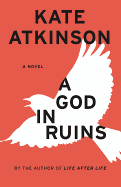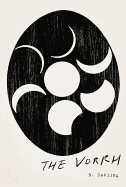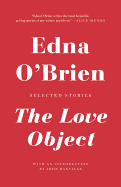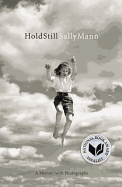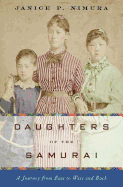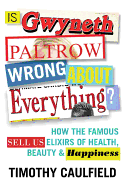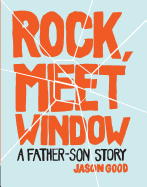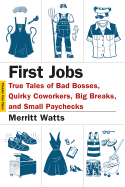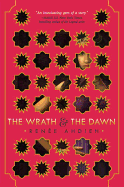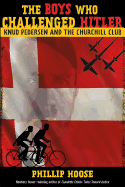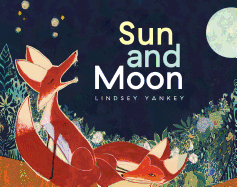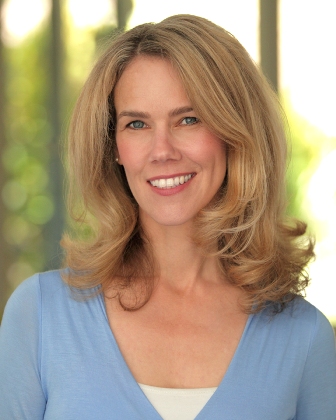 |
| photo: Adam Karsten |
Melissa Cistaro lives with her husband and their three children in California's Bay Area, not far from where she grew up. She's a bookseller and events coordinator at Book Passage in Corte Madera, Calif. Her first book is Pieces of My Mother (just published by Sourcebooks), a memoir based on her mother's leaving the family when Melissa was a toddler.
Have you wanted to tell this story of your mother for a long time?
I started writing it as fiction 12 years ago. I never wanted to write a memoir. It took me a while to claim it as my story, the truth as I knew it. I just began telling the stories and they became stitched together over the years. I had this little daughter who asked me, "What would your mother do when you were scared?" and I didn't want to tell her the truth. I wondered what would happen to her if I couldn't be here. I had my grandmothers' journals and my mother's letters, their stories. I didn't want my story to end up in a drawer.
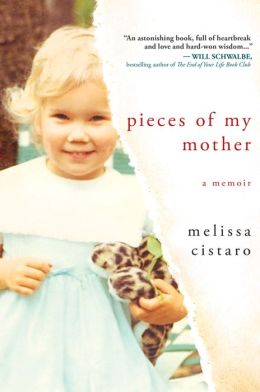 What were the other stories in your family?
What were the other stories in your family?
My father's mother--my grandmother--was dropped off at an orphanage; her mother did not raise her and I never met her. My maternal grandmother was a successful actress and John Powers model in New York who died much too young. My mother was a really wonderful woman who struggled with the motherhood part. She grew up in Darien, Conn., in a Frank Lloyd Wright house; her dad was president of ABC. "Pieces of my past" include this line of complex women I came from. I'm the first one who had the opportunity to tell her story.
Describe your mother's writings that you discovered in her filing cabinet the week she passed away.
I was so afraid of those letters. I did not know what I would find; I was physically shaking. Did they belong to me? None were dated. I could put them in sequence--I could tell when she was struggling and not feeling "grounded" (it was the '60s!), and who she was living with at the time she wrote them. She was playful, colorful and free-spirited, sometimes writing in weird phonetics like "durst" for "dearest" and addressing me as "Lou." I see some threads of similarity in my grandmother's writing and hers, and in mine. I am a huge user of the dash and as I was reading her letters I saw "Hey, she liked the dash, too!" While she did send letters to me between visits, the ones never sent were more emotional and powerful. I don't know why she didn't send them, but I'm glad she saved them. They are the greatest gift I have from her. And I love having her authentic voice in the book.
You have some artifacts that illustrate your story.
One of the best ways I can tell my story is through showing these things. My dad, who dealt in antiques, had a whole little bag of his mother's scissors, and I have this tiny pair. The last gift I gave my mother before she died was this little tin box I bought at a flea market because it reminded me of her. It was designed by Princess Mary as a Christmas gift for British soldiers during World War I and held candies or cigarettes. It has the initials M and M (like Mikel--my mother--and me) and the hairstyle of the figure reminded me of my mom. I have a few photos, but only one with my mom and me, probably from my second birthday. I'm sentimental, and I struggle with wanting to save things! I have every picture my daughter ever drew, but not a single drawing of mine. I think, "If I throw this away I'll lose the memories."
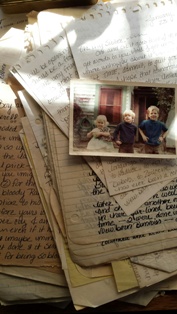 Your story, your mother's letters, your grandmothers' journals--it seems you are sentimental about writing, as well.
Your story, your mother's letters, your grandmothers' journals--it seems you are sentimental about writing, as well.
There's something about writing it down that seals a thing for you. My mother had an insatiable need to write. I write by hand first before turning on the computer, and have a mountain of notebooks and drafts. I found some very good stationery that I like to give to people at my readings.
Your book is very personal. How do you feel now that it is published, and how have early readers responded?
After this book was sold, I dreamed my mother hugged me. I couldn't have written this when she was alive but I definitely think she's given me permission. She so much wanted to write a book, and I think she'd be proud. People have stories but they don't talk about them, and I am hearing some now from those who've read the book.
As an author, what's it like to host other authors for their readings?
I am so happy for them! I know how hard they've worked, and I feel a deep sense of their journey. I love their stories, from the overnight successes to the long-haul struggles; they feed me, inspire me, make me humble. And I'm going out with my book with a realistic sense of how hard it is! --Cheryl Krocker McKeon, manager, Book Passage, San Francisco
Melissa Cistaro: Letters and Memories
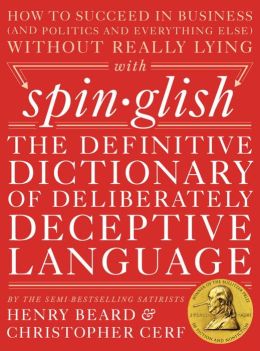




 What were the other stories in your family?
What were the other stories in your family?
 Your story, your mother's letters, your grandmothers' journals--it seems you are sentimental about writing, as well.
Your story, your mother's letters, your grandmothers' journals--it seems you are sentimental about writing, as well. 